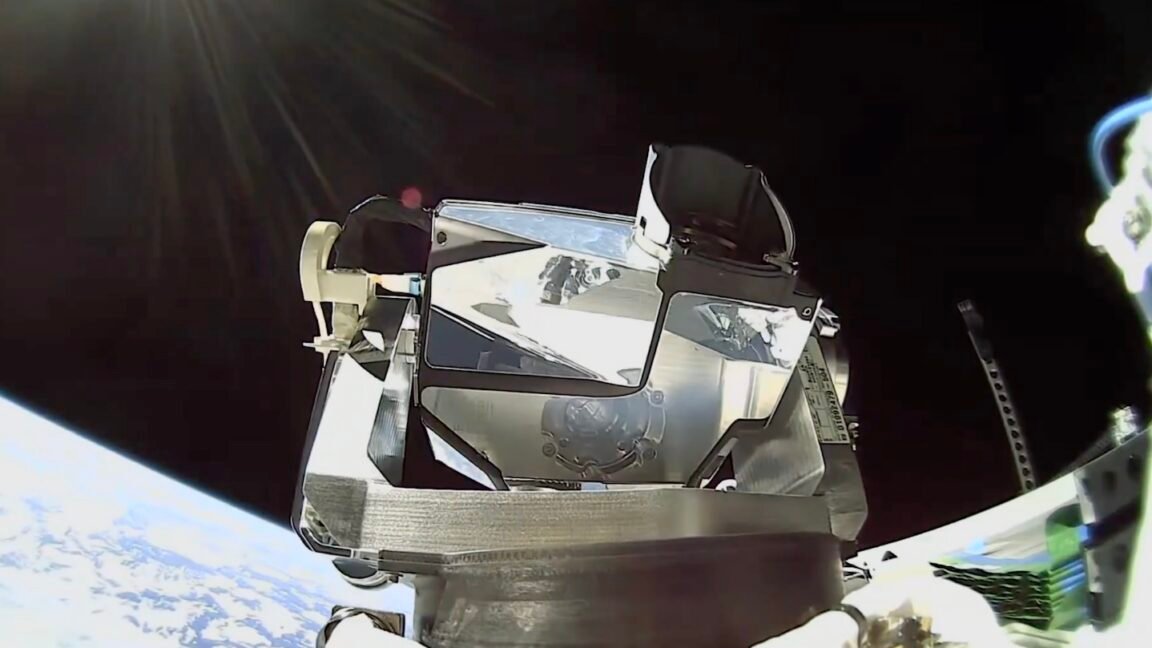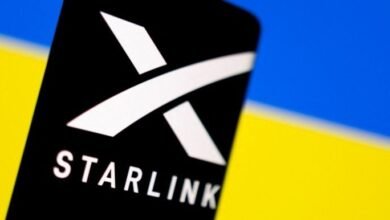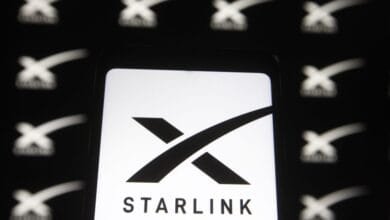Starlink In-Flight Wi-Fi Expands to Satellite Operators

▼ Summary
– SpaceX’s Polaris Dawn mission conducted the first fully commercial spacewalk with private astronauts Jared Isaacman and Sarah Gillis.
– The mission marked the first use of SpaceX’s Starlink broadband network for space communications via laser links between the Dragon capsule and satellites.
– Most satellites have limited connectivity through ground stations, unlike the International Space Station which uses costly NASA relay satellites.
– Muon Space is partnering with SpaceX to become the first commercial user of Starlink for in-flight connectivity on its low-Earth orbit satellites.
– Muon Space was founded to design, build, and operate satellite constellations by combining hardware, software, and operational expertise.
SpaceX’s Starlink satellite internet service is now extending its reach beyond terrestrial and aviation customers to include connectivity for other satellites in low-Earth orbit. This expansion marks a significant step toward creating a more interconnected space-based communications infrastructure.
A groundbreaking moment occurred recently when a SpaceX Crew Dragon spacecraft carried four private astronauts on a historic mission. During this flight, crew members Jared Isaacman and Sarah Gillis performed the first fully commercial spacewalk, venturing outside their capsule in SpaceX-designed pressure suits. This milestone represented the first time anyone had conducted a spacewalk without direct involvement from a government space agency.
Known as Polaris Dawn, the mission also achieved another important first by successfully connecting to SpaceX’s Starlink broadband network while in orbit. Using laser links between the Dragon spacecraft and Starlink satellites, the crew maintained continuous communication with Earth, a capability that is rare for most space missions.
Typically, satellites experience only intermittent contact with ground control. As they orbit the planet, these spacecraft periodically pass over ground stations that download data and upload commands. The International Space Station is a notable exception, benefiting from near-constant communication through NASA’s specialized data relay satellites.
However, these government-operated relay systems are costly and reserved for specific missions like the ISS or the Hubble Space Telescope. In contrast, Starlink serves millions of users across diverse environments, from homes and vehicles to ships and aircraft, making it a versatile and scalable network.
Now, a California startup called Muon Space is collaborating with SpaceX to bring Starlink connectivity to satellites in low-Earth orbit. Muon recently announced plans to install Starlink terminals on its own satellites, positioning itself as the first commercial entity, outside of SpaceX, to utilize Starlink for in-flight connectivity in space.
The driving force behind this initiative is the growing demand for reliable, high-volume data transfer. Muon Space was established four years ago by experienced space industry professionals aiming to revolutionize satellite construction. Although launch expenses have decreased, building satellites remains a costly endeavor. Muon’s strategy integrates hardware, software, and operational expertise to design, construct, and manage satellite constellations for its clients, leveraging Starlink’s connectivity to enhance data capabilities.
(Source: Ars Technica)



